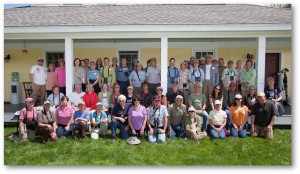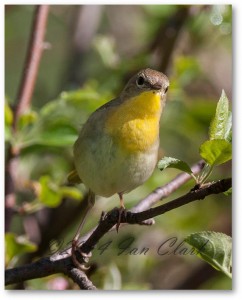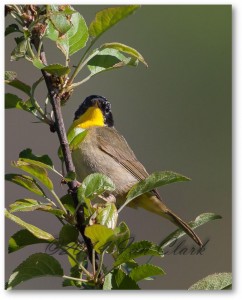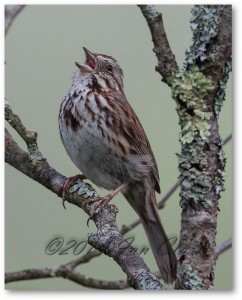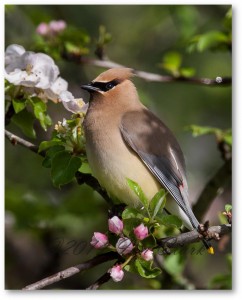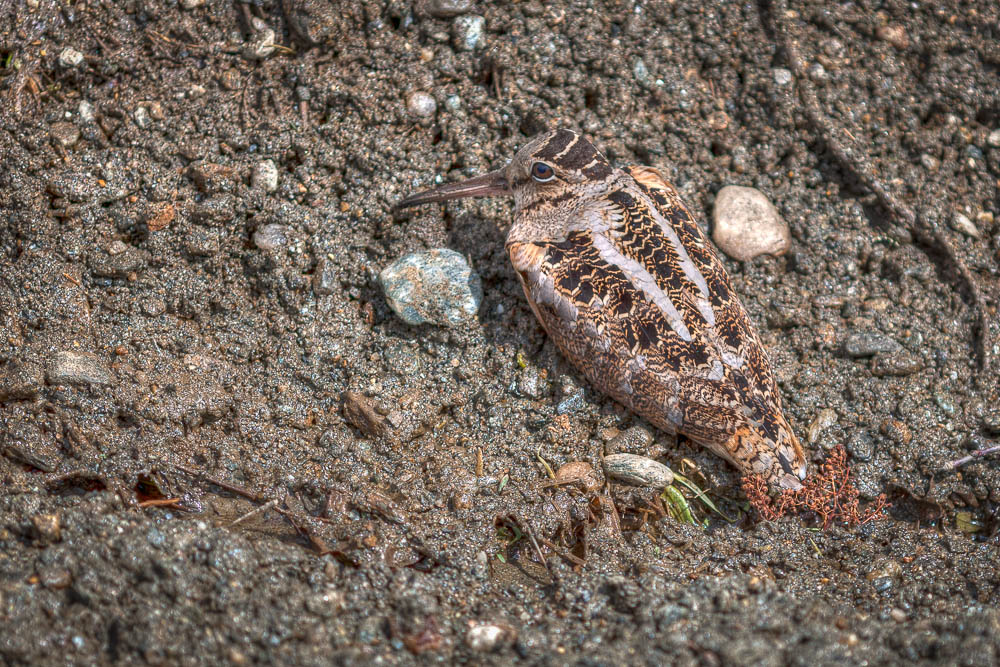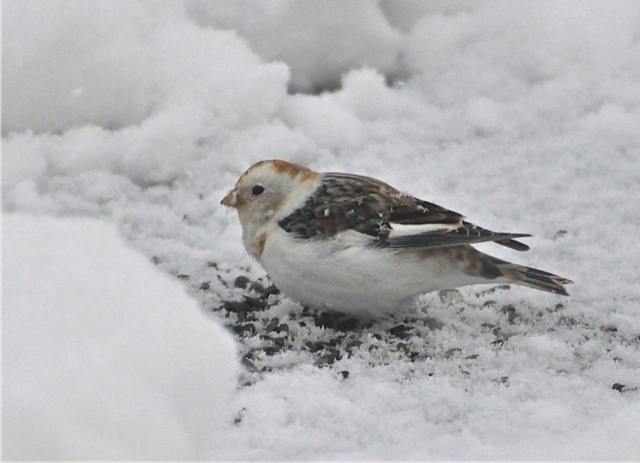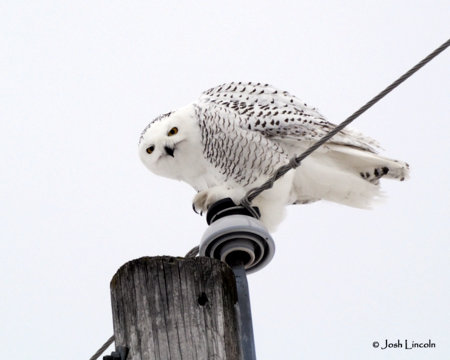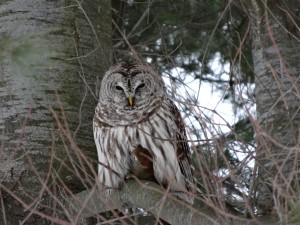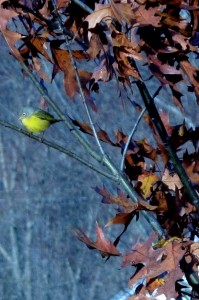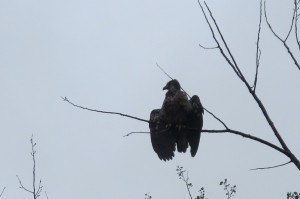I’m a novice birder. In fact, I can’t really call myself a birder. I know my Black-Capped Chickadees, American Goldfinches and other common backyard birds. But I struggle with sparrows, warblers and ducks. And I don’t (yet) keep a life list. When I discovered the National Audubon Society’s Christmas Bird Count, I was excited to participate, but also a little nervous. I’d read The Big Year – and saw the movie – and I feared I’d be way out of my league with people who’ve been birding for decades.
The annual Christmas Bird Count is the oldest citizen science survey in the world that attracts tens of thousands of birders to help track bird populations. I live in Stowe, Vermont, and I found a Christmas Bird Count circle in the Mad River Valley, with a group known as The Mad Birders. They are a fun-loving group of avid birders who get together regularly to hike woods, fields and back yards in search of birds.
At 8 a.m. on Dec. 16th, I arrived in Waitsfield, VT to meet up with Pat Folsom, an energetic retired teacher who wrangles the Mad Birders. Pat was easy to spot, binoculars covering her face, eyeing a female cardinal across the river. She’d heard that a Carolina Wren had been seen visiting a nearby feeder, and she’d been scouting the area since dawn.
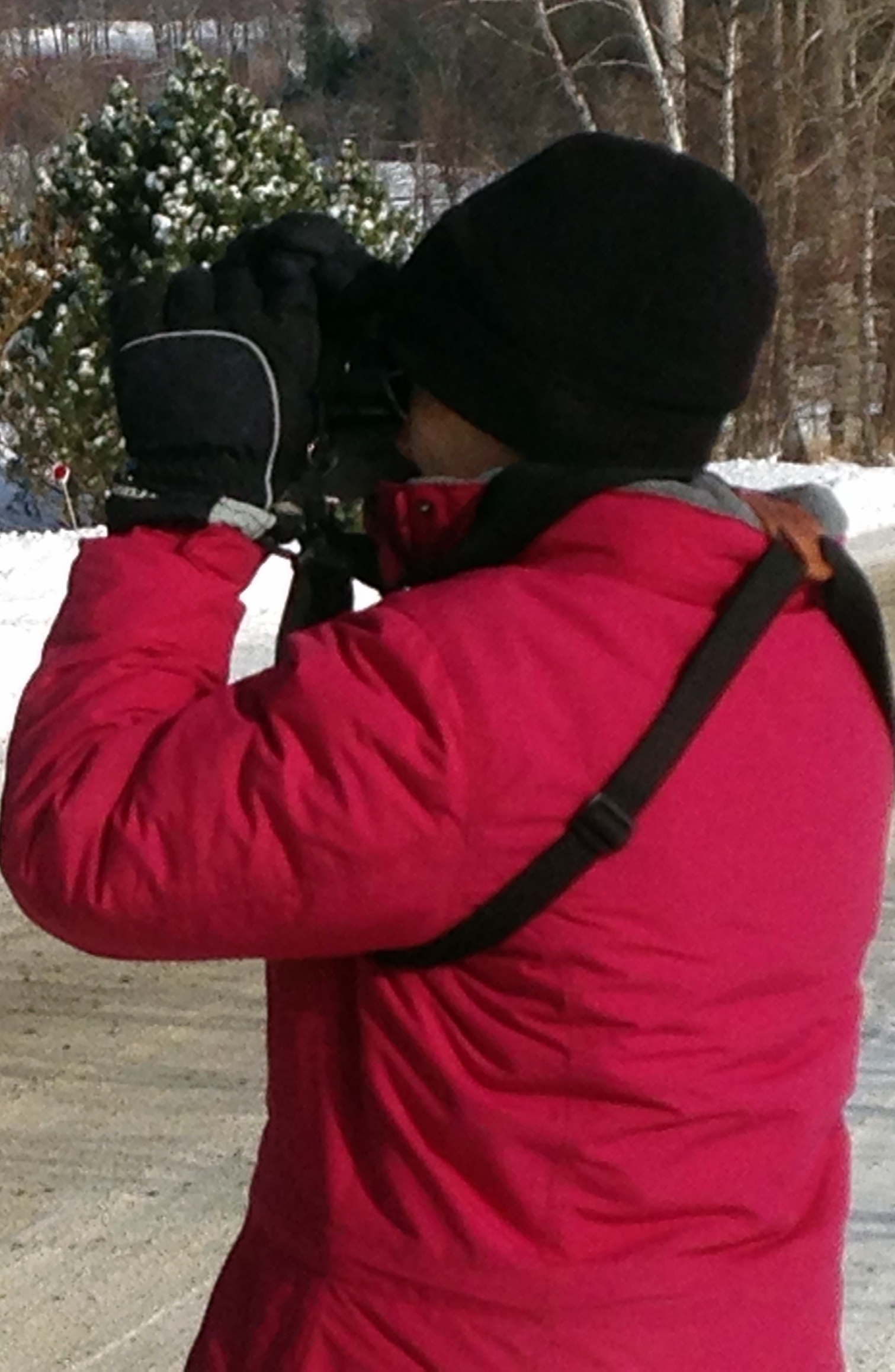
Pat Folsom, of Waitsfield, VT, searches for birds during the Christmas Bird Count
We soon met up with fellow teammates Ken Beebe and Ellen Barillaro. Ellen, a local school administrator, was our driver. Ken a longtime Mad Birder, rode shotgun. Despite being slowed a bit by Parkinson’s, he was ready for the day: binoculars around his neck and walking stick by his side. Our count began at the home of one of Pat’s friends, who graciously let us use her living room to get a ‘bird’s eye view’ of several feeders hanging on her second-floor balcony. The thermometer read 8 degrees F, so we appreciated the view from inside. Several Blue Jays and Chickadees bombed the feeders. As Pat foretold, the Carolina Wren appeared within a few minutes. Check! What a great find!
Next we crossed the road to observe more feeders and noticed some Chickadees fluttering wildly in the nearby brush. Sure enough, a Northern Shrike was perched atop a poplar surveying the area. Check! Off to a great start, we drove to a nearby condo complex adorned with feeders. We racked up several dozen Black-Capped Chickadees, Blue Jays, American Crows and even two American Robins still hanging around. Among the highlights: a couple of Common Ravens snacking on a carcass; three Golden Crowned Kinglets feeding in some tall pines and two Common Mergansers that flew overhead toward open water on the Mad River.
A few elusive birds we never found:
We drove a total of 30 miles while birding the sector that Pat has been monitoring for eight consecutive Christmas Bird Counts. Our visits included old farms, new vacation homes, village apartments and other backyard birding ‘hot spots.’ All the ‘hot spots’ turned out to be private homes of people who love to feed ‘their’ birds, and were happy to let a car full of strangers traipse through their yards in search of an unusual species – or just to count the Chickadees and Blue Jays.
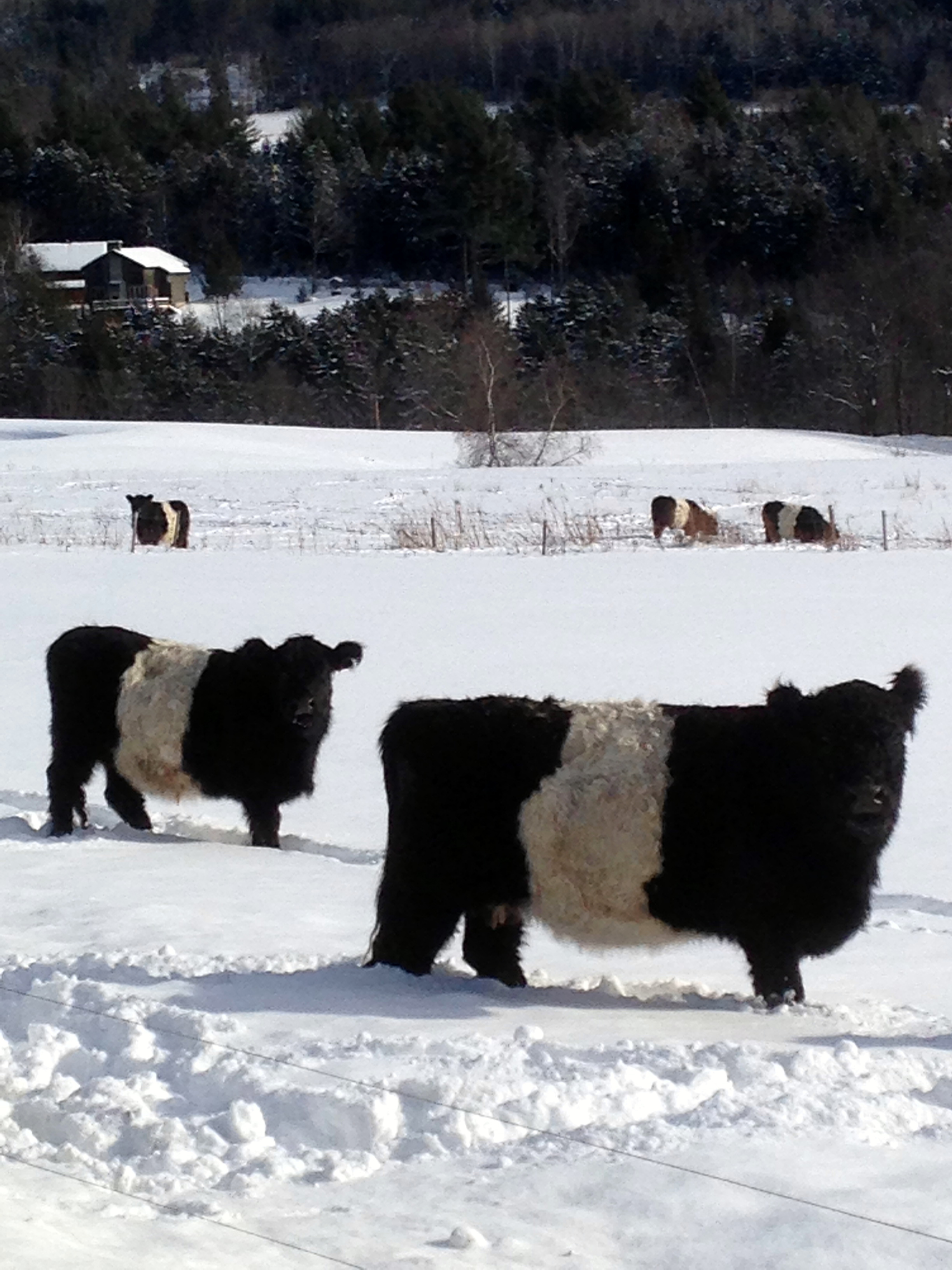
Some Belted Galloway cows were among the onlookers of our Christmas Bird Count team
At day’s end, about 40 of us gathered at the home of veteran Mad Birder Scott Sainsbury for a potluck dinner, followed by the main event: the reading of our bird lists. The teams took turns sharing their day’s finds, each attempting to top the next with the sighting of a rare bird or an amusing story. As the evening ended, friends were already making plans to head out the next morning in search of a Northern Hawk Owl seen in Waterbury Center Vermont and making headlines in local birding blogs.
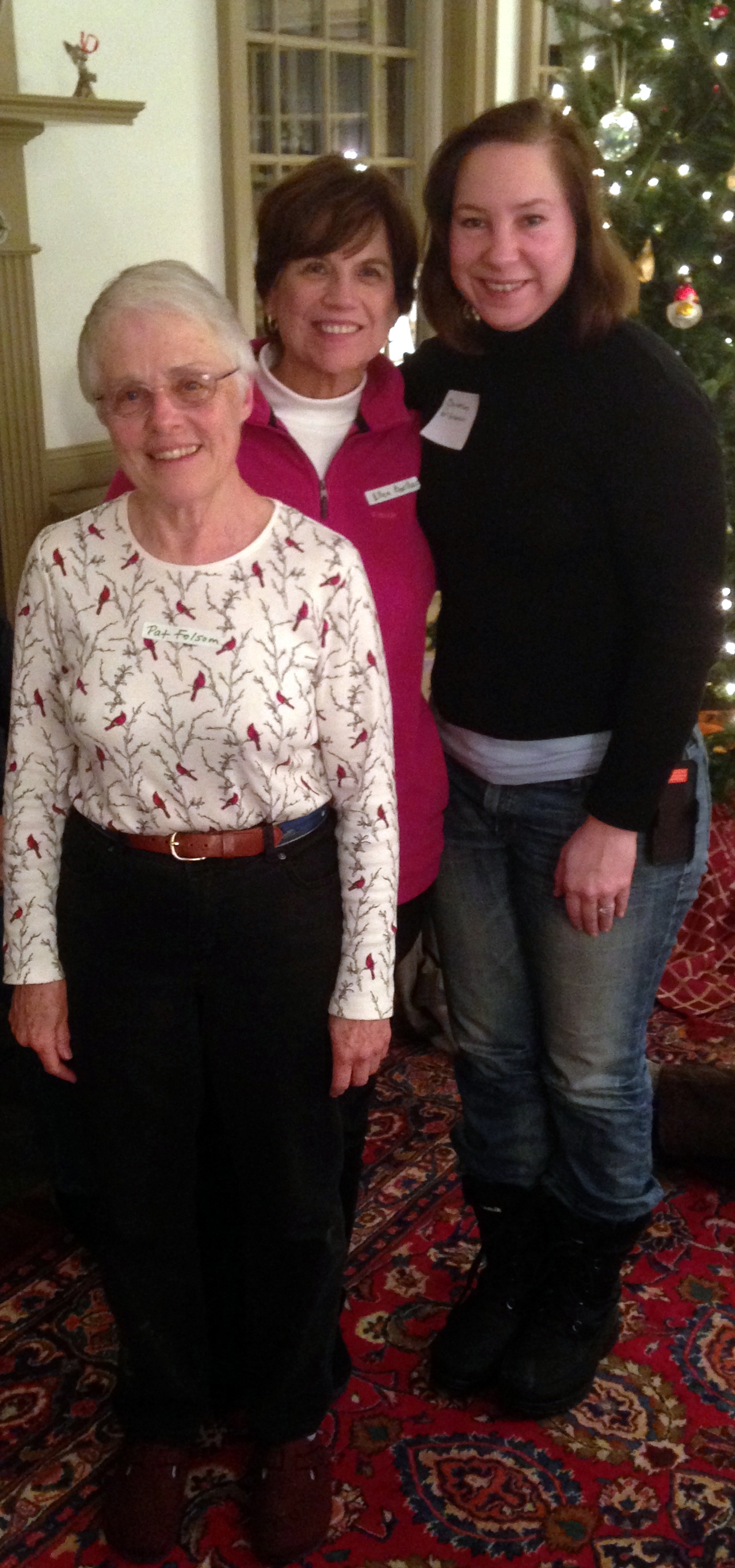
Team Chickadee: from left to right: Pat Folsom, Ellen Barillaro, and Christine McGowan. Ken Beebe (not pictured)
My inaugural CBC was a success. Not only did I discover that searching for and counting birds is a great way to spend a day, but I also found a whole new community of people I suspect will become lifelong friends.
Did you know? Some of the best birding festivals take place on or around National Wildlife Refuges.
Christine McGowan is the Director of Strategic Communications for the National Wildlife Refuge Association, and a beginner bird watcher based in Vermont.
